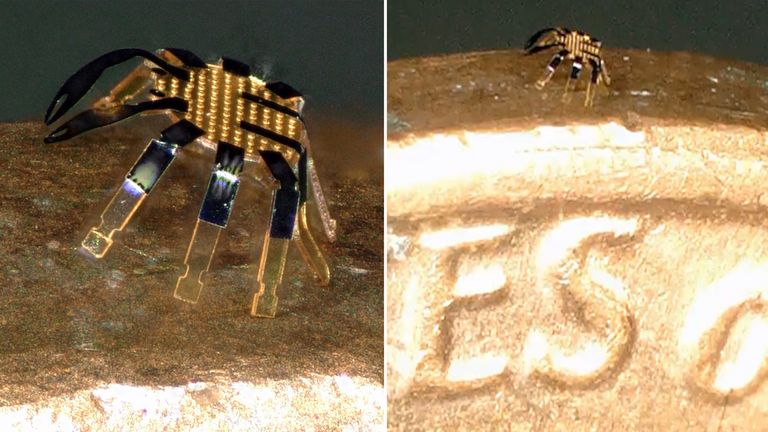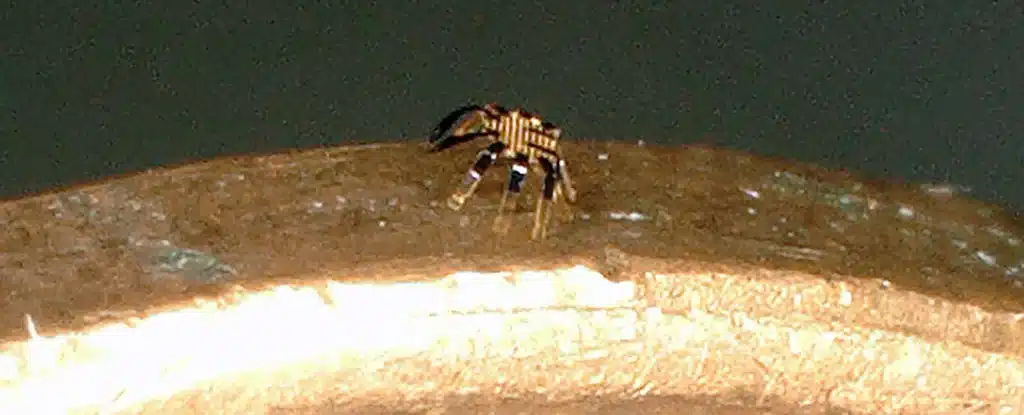Northwestern University scientists recently constructed miniature robots that resemble the peekytoe crab. The world’s tiniest remote-control creatures are the half-millimeter “crabs.” As a result, they are capable of threading needles shorter than their own body lengths, as well as skating on the rim of one cent. Scientists are encouraged by the micro-robots ability to “turn, twist, crawl, walk, turn, and even leap,” which gives them optimism that small machines might one day be capable of performing human-like jobs in confined spaces.
The Applications
To mend or manufacture tiny components or machinery in business, as well as surgery companions to remove blocked vessels, halt excessive hemorrhaging, or destroy malignant tumors with least intrusive protocols may envisage micro-robot agents,” bioelectronics scientist John A. Rogers stated in Northwestern University release. Experiments were split between Rogers as well as his mechanical engineering collaborator, Yonggang Huang. The results of their research have subsequently been reported in Science Robotics.
If you’re questioning how Rogers and Huang managed to cram so much technology into such a little space, you’re correct—because they didn’t. Using a shape-memory alloy, the micro-robots can revert to their “typical” form after being warmed. Rapidly heating various spots on the microrobot’s structure, an ultra-thin glass covering allows it to revert to its original form. As a result of this fast back-and-forth movement, the micro-robot can travel 1/2 its bodily size per second from one spot to another. When the beam is examined in a certain area, the robot crab crawls in that general area.
Rogers and Huang used a pop-up construction process influenced by a children’s pop-up storybook, which they first developed eight years ago, to create such a small creature. To begin, the group created flat, rectangular prototypes of the crawling crab constructs. These predecessors have then adhered to a latex base that had been gently expanded. This buckling leads the machines to “pop up” into accurately specified three-dimensional shapes when the strained base relaxes.
“Because these structures are so tiny, the rate of cooling is very fast,” Rogers explained. “In fact, reducing the sizes of these robots allows them to run faster.”
In the past, Rogers and Huang have collaborated on micro-tech projects. As recently as last September, the two presented an airborne microprocessor that measured less than the diameter of a beetle’s head. To prepare for this, they collaborated with experts in the field of biomedical engineering to develop miniature bioresorbable cardiac pacemakers that may be left in the system to dissolve when their transitory objectives are completed.
And since the motion of crabs pleased the scientists, they opted to design their micro-robots after them since exploratory engineering may include a little comedy. However, it was the crabs that they found amusing and motivating. They discovered that they could make microrobots that resemble inchworms, bugs, and grasshoppers in appearance and behavior. A whim of mine,” Rogers said.


